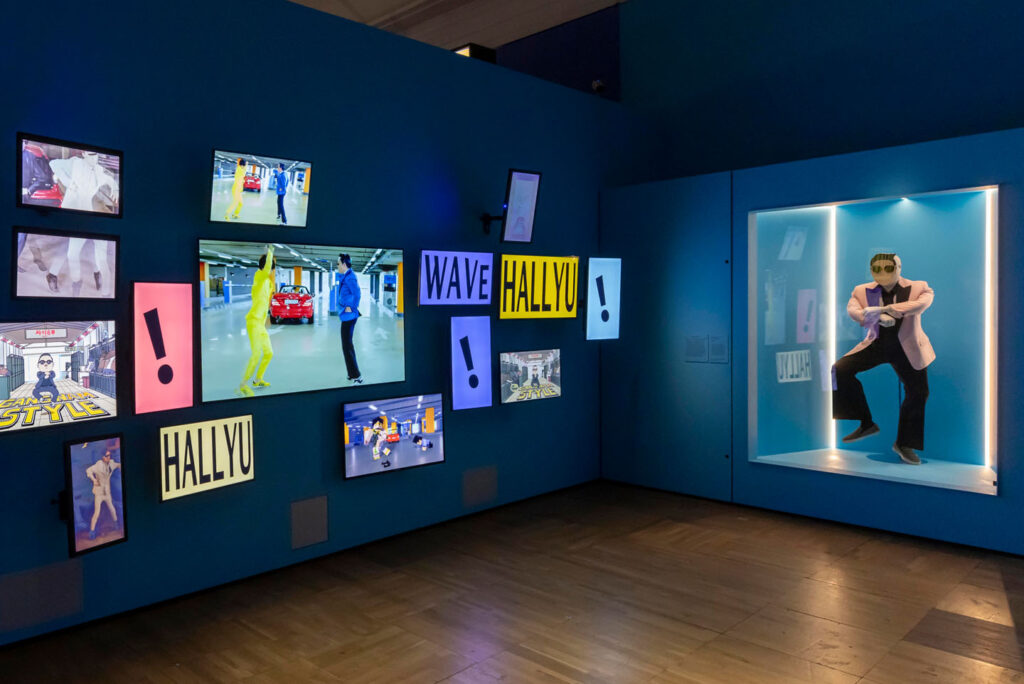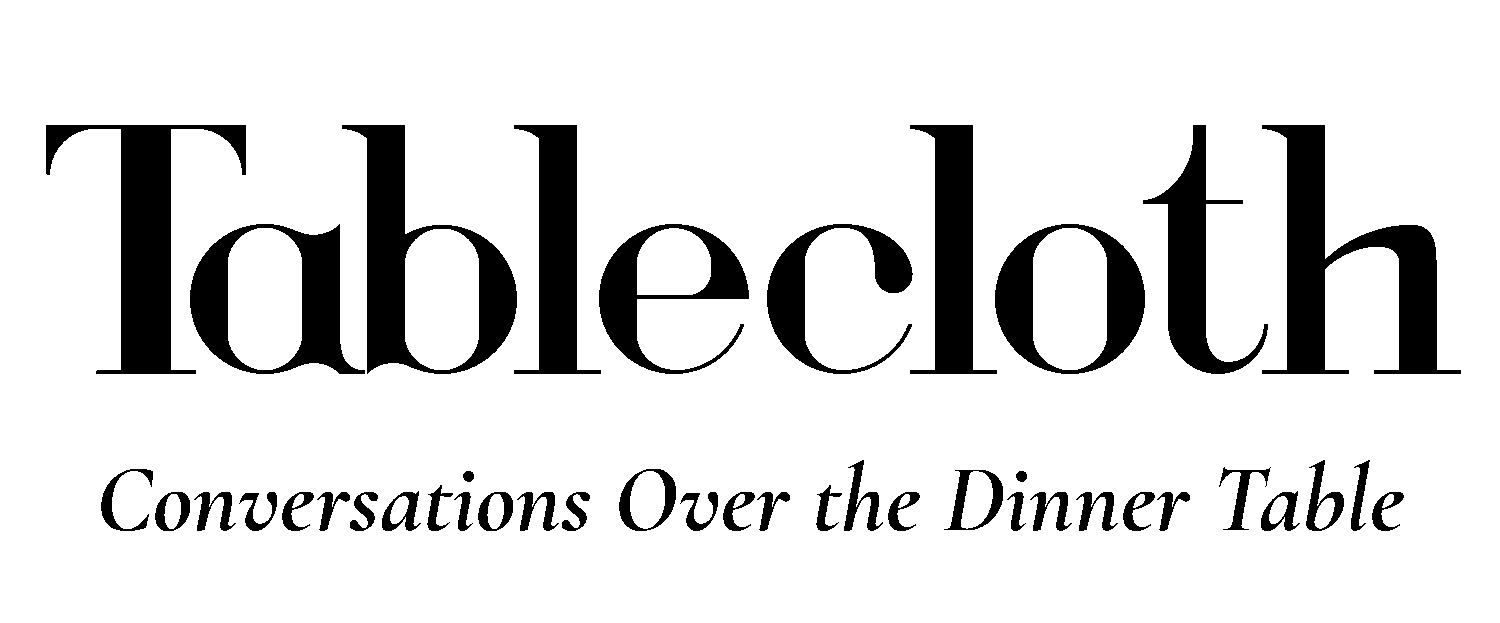We talk to the exhibition project curator who assisted Hallyu! The Korean Wave exhibition at Victoria and Albert Museum.

The popularity of Korean culture around the world continues unabated – who doesn’t love Psy, Squid Games, Black Pink, OTT skincare routines… we could go on. Well a new exhibition at London’s V&A aims to put the Korean wave, Hallyu in Korean into context and present even more aspects of the culture to explore.
In the Korean Wave exhibition held by V&A, curators have focused on the history related to culture. They show the growth of Gangnam, which is the most expensive city in Korea, with a view of Hyundai apartment blocks. As such it takes visitors from the beginning of the phenomenal growth to the Korean Wave to explain the Korean people’s identity, not just mainstream Korean culture. We spoke with curator YooJin Choi to find out the show’s main talking points.

Q: What is the inspiration for the exhibition?
The exhibition is inspired by the different audiences who were responding to objects in the Korean collection at times through the lens of Korean pop culture from what they might have seen in K-dramas, or the references made in K-pop music. At the same time some audiences had a memory of Korea as a third world war-torn country. Rosalie Kim who is the Lead Curator for the exhibition pitched the idea in 2019 with the aim of connecting this disparity.

Q: What story do you want to emphasise through this exhibition?
We wanted to tell some of the lesser-known stories in the rise of Korean popular culture. What might be familiar and common knowledge about the tumultuous 20th century history in Korea with the fall of the Joseon dynasty, Japanese Occupation period, the Korean War isn’t necessarily widely known outside of Korea. It was important to establish this historical background as the foundations of hallyu today. Additionally, we wanted to bring out some of the behind-the-scenes Creatives that contributed to the Korean Wave; such as Set Production Designers, Stylists, and Hair and Make-Up Directors.

Q: How did you decide what to display?
Every object in the exhibition were chosen for part in telling the curatorial narrative set out in each section. Our exhibition is quite unusual in that the objects displayed varied widely in medium, from photographs, installations, textile, audio-visual and different time periods. It added to showing the dynamism and different manifestations of hallyu. There were also practical elements when deciding which objects to show including their physical availability, conservation and display limitations.

Q: Why are you think Korean culture is so popular right now?
Hallyu isn’t an overnight phenomenon, it had been gaining in moment from the late 1990s. In the more recent years, the internet had a large part in making hallyu a global phenomenon. During the pandemic when everyone was consuming popular through their electronic devices at home by streaming dramas on OTT platforms or watching music videos. This helped to accelerate the popularity of Korean pop culture worldwide.

Q: Do British people have expectations or ideas about the Korean culture that the exhibition addresses?
This year marks the 140th anniversary of UK and Korea diplomatic relations and we wanted to include UK-Korea connection moments in the exhibition. Over 100,000 British and Commonwealth soldiers fought in the Korean War (1950-3). It is often referred to as the Forgotten War due it being sandwiched between the end of the Second World War and the Vietnam War. We have shown photographs taken by British veteran of the Korean War in the history section. In the Korean Cinema section, we shown the story of the film Minari together with photographs of the Korean community in London’s New Malden area by the Korean-British photographer Chan Kim.
All images, Hallyu! The Korean Wave at the V&A Ⓒ Victoria and Albert Museum, London.
